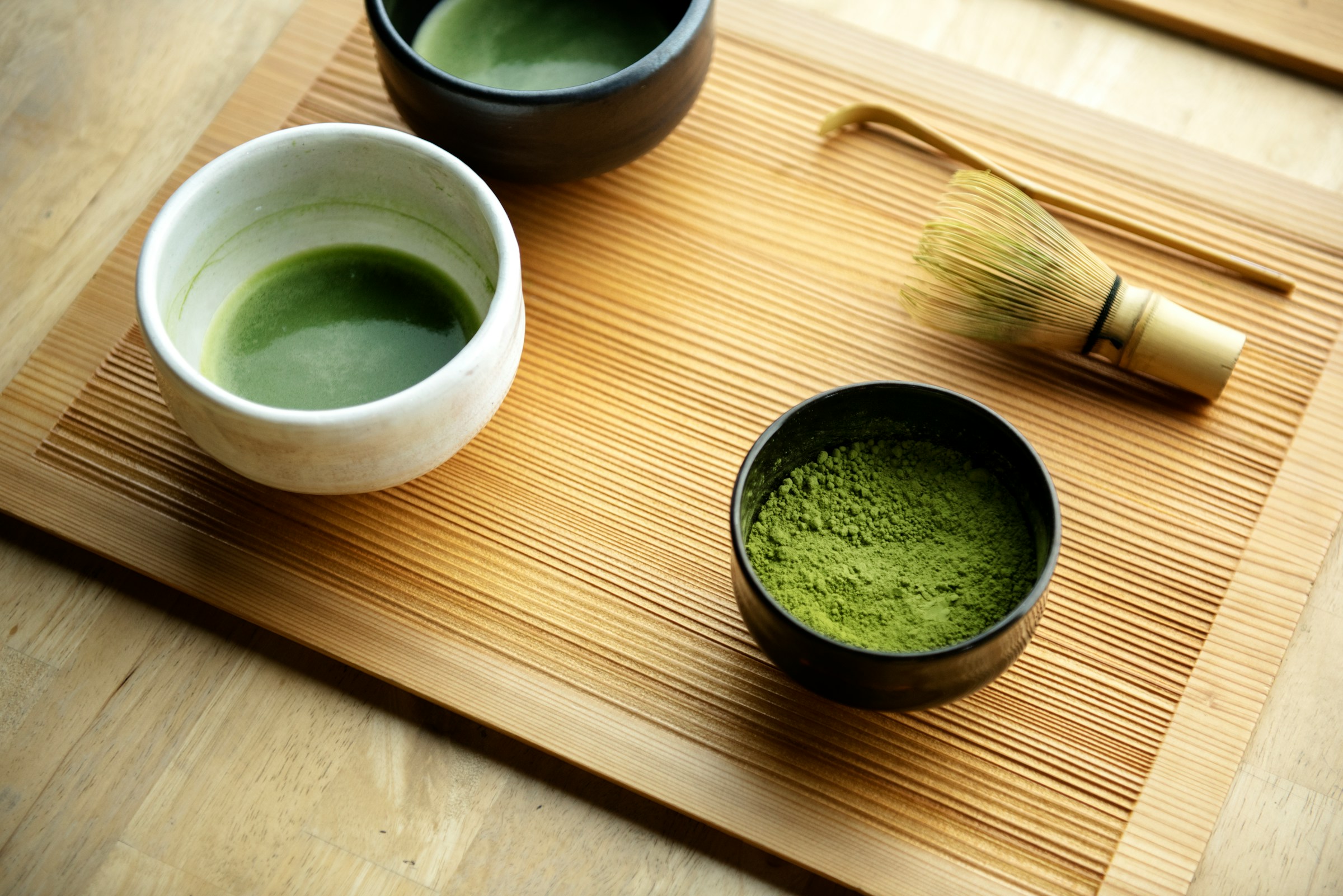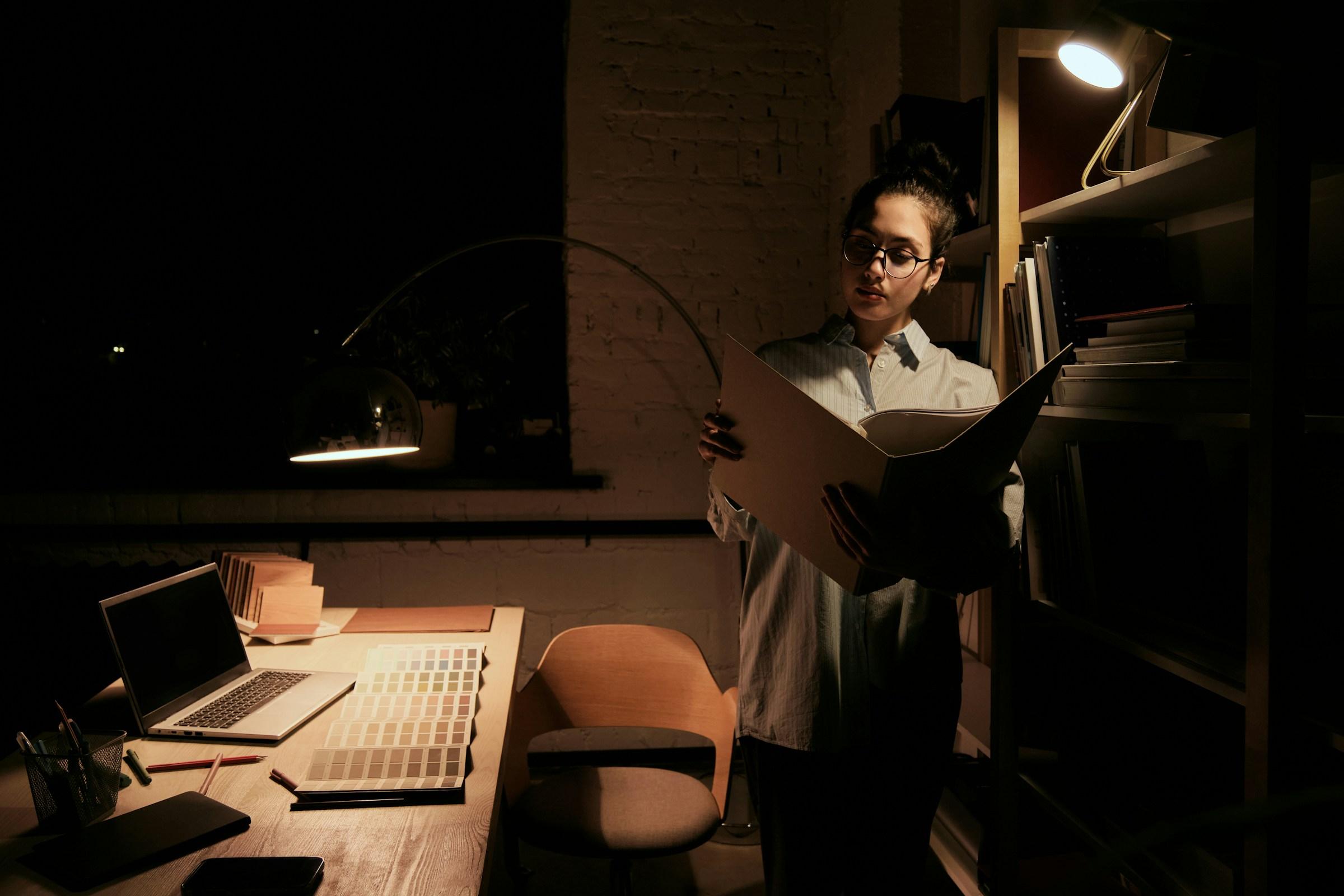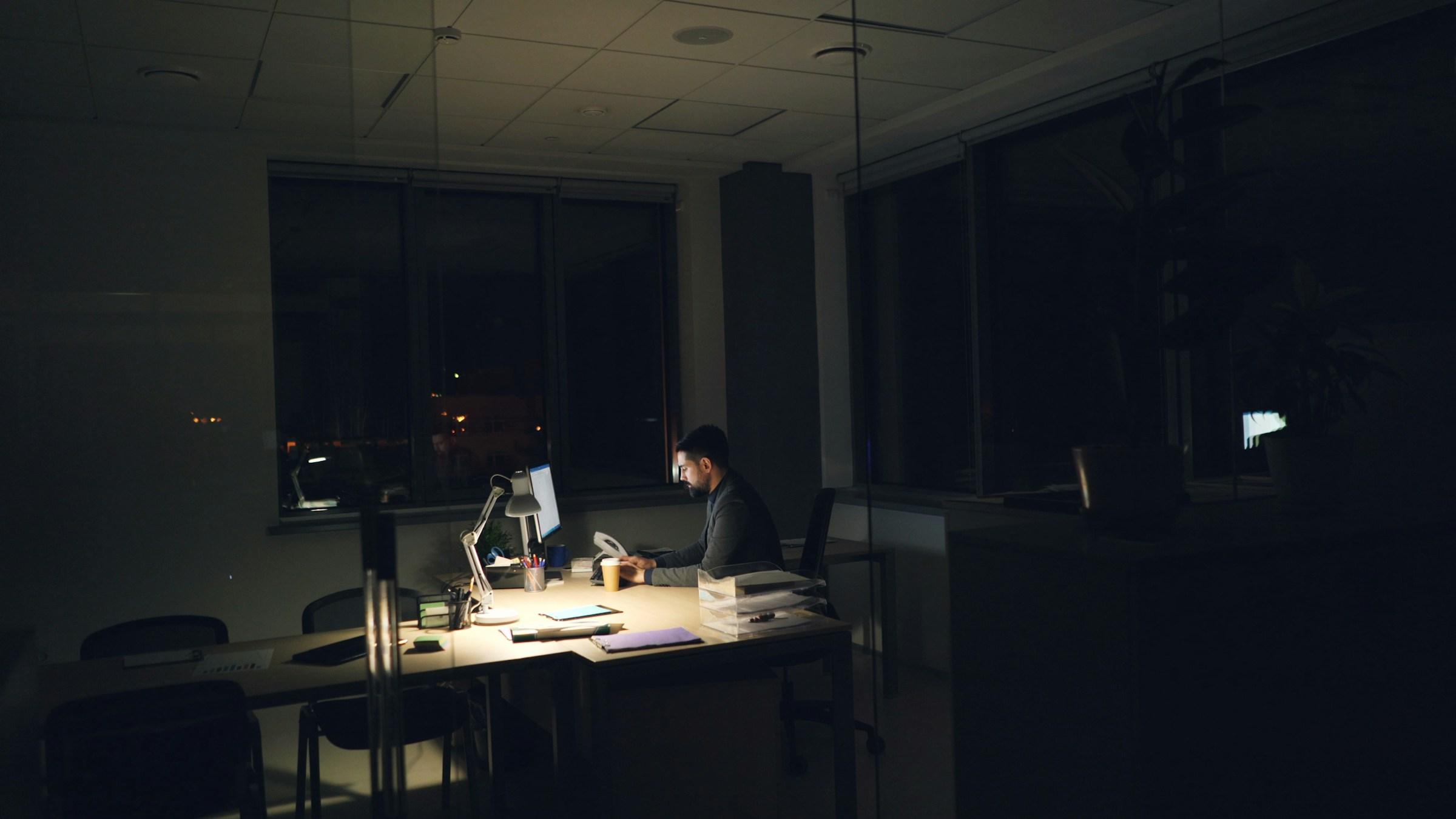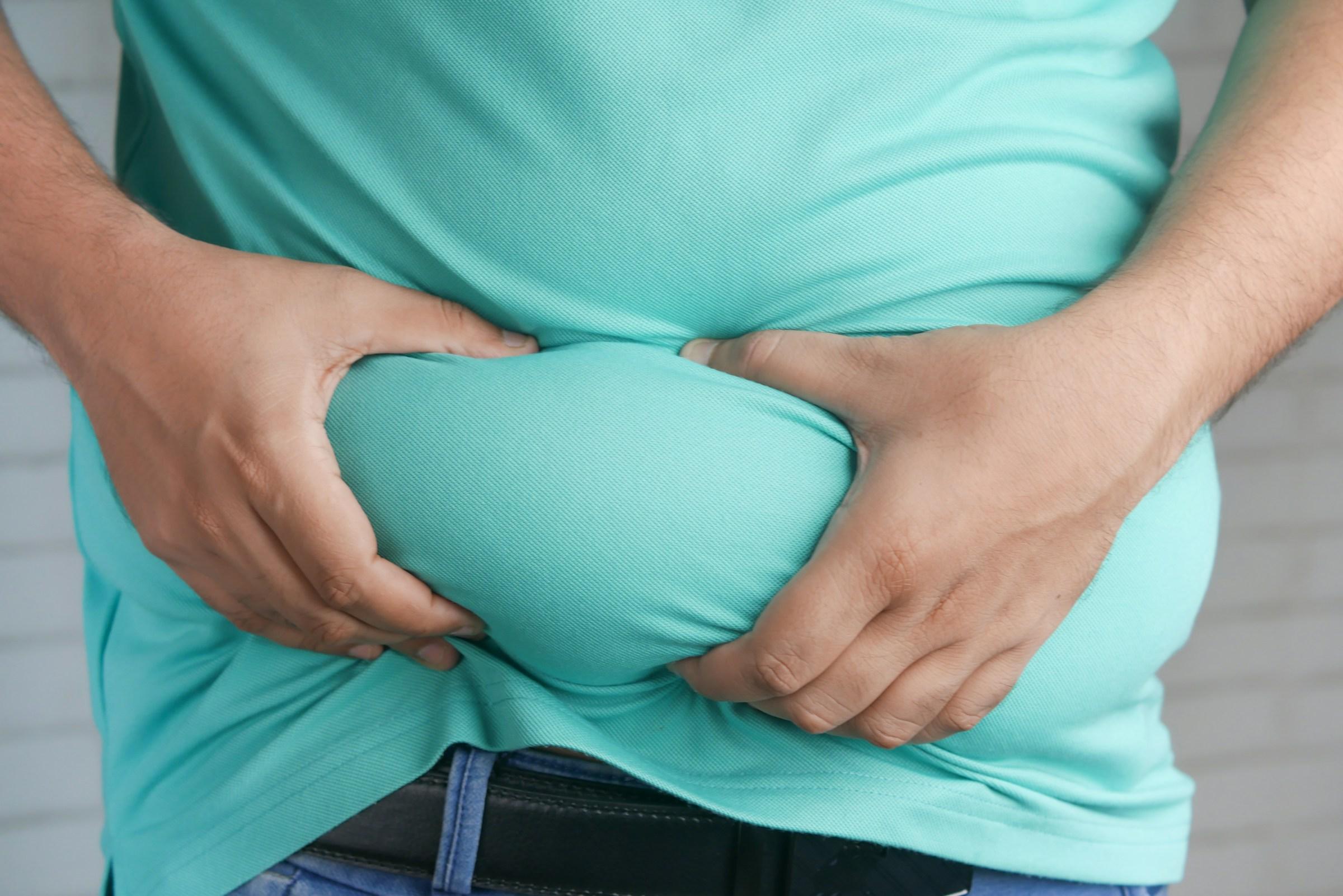Matcha carries a reputation for calm focus. The color alone suggests clarity, a quiet kind of drive that does not jolt the nerves. Many people turn to it as a way to leave behind the roller coaster of coffee, hoping for the same alertness without the anxious edge. The story sounds perfect, and much of it can be true, but even a gentle ritual has tradeoffs. Those tradeoffs are not meant to scare you away. They are meant to help you place the drink in your life with care so that the upsides stay strong while the downsides remain small.
The first variable is always caffeine. Matcha contains less caffeine than a strong coffee, but the number is not trivial, and the way your body responds is personal. Some people metabolize caffeine quickly and can finish an afternoon cup and sleep like a rock. Others feel the echo of a morning serving late into the night. Caffeine has a long tail, and the chemistry of alertness does not ask for your permission before it interferes with deep sleep. If you notice that your sleep becomes lighter, or that you wake more often after starting a matcha habit, the drink is not harmless for you. The answer is not to tighten your willpower and push through. The answer is to shift the timing earlier, reduce the serving size, or cut the second cup that crept into your day. Better sleep, not more discipline, is what repairs your brain and body.
There is also the simple fact that matcha is made from whole tea leaves that have been ground into a fine powder. You do not brew and discard the plant matter; you consume it in full. This is part of the appeal because it delivers a concentrated dose of beneficial compounds, but it also raises the stakes for sourcing. Whatever the leaf held, you will drink. Heavy metals such as lead can accumulate in tea leaves depending on region and agricultural practice. Most reputable Japanese producers test their product and keep contaminant levels well within safe limits for normal consumption. Still, this is not the place to buy the cheapest tin from an unknown vendor. Look for a brand that shares harvest region, testing results, and storage guidance. Younger leaves tend to bring a cleaner taste and may carry a lower contaminant load, and careful processing helps protect the very compounds you are seeking. If a company is vague about origin or testing, choose another one. The ritual is only as clean as the tin you open.
People who care about iron need to pay attention to timing. The polyphenols and catechins in tea can reduce the absorption of non heme iron from plant based foods when taken together. That does not mean the drink is harmful in itself, it means the schedule matters. If your diet depends on legumes, greens, and fortified grains for iron, separate your matcha from those meals by a couple of hours. If you take an iron supplement, place it at a different time of day. Small changes in timing help you keep both habits without the two fighting each other.
Another quiet variable is oxalate content. Tea contains oxalates, and some people are sensitive to high oxalate intake, especially those with a history of kidney stones. Most people will never notice an issue at modest servings, but anyone with a clinical history should keep the dose conservative and maintain good hydration. This is less about fear and more about knowing your own profile and acting accordingly.
You will also see the occasional headline that links green tea compounds to liver problems. The nuance matters here. Reports that raise concern typically involve high dose extracts used as supplements, not a standard cup prepared in a kitchen. A daily matcha is not the same as a concentrated pill taken at large doses. Even so, there is never a good reason to stack multiple high dose sources of the same compound. If you already take a green tea extract, reconsider the need for it when you adopt a matcha ritual. Choose one input, keep the dose reasonable, and monitor how you feel.
Day to day comfort tells its own story. Matcha on an empty stomach can irritate some people. The same drink that feels silky at midday can feel sharp and unsettling first thing in the morning. A small snack can change the experience completely. Sipping slowly over several hours can stain teeth. Drinking quickly and rinsing with water afterward can help. None of this is dramatic, and yet these small details determine whether the habit feels sustainable or slightly annoying. The best ritual removes friction wherever it can be removed.
There is also a psychological trap that follows every stimulant. It is easy to let a pleasant cup cover for short sleep, late nights, and poor recovery. You can borrow energy from tomorrow and convince yourself that today is productive. The bill always arrives. If your matcha ritual becomes a mask that hides a mounting sleep debt, your mood, focus, and health will eventually show the cost. A better approach is to anchor the drink to a foundation you protect with real intent. Go to bed on time, get morning light, move your body, and eat enough protein at breakfast. When that base is in place, a modest serving of matcha amplifies a stable day instead of patching a broken one.
The preparation method itself can tilt the experience toward ease or friction. Water that is too hot scorches the powder and raises bitterness, and bitterness invites milk and sugar that you may not actually want. Let boiled water cool for a minute, whisk well, and pay attention to how a single gram affects your focus. Run the same preparation for several days before you change anything. Consistency turns your cup into a testable input. When you change technique and dose every morning, you trade away the chance to learn.
Pregnancy brings another layer of caution. Total daily caffeine should stay conservative, and timing around iron becomes even more important because iron stores are heavily drawn down. Matcha can fit within a careful plan, but that plan should be built with your clinician, and it should account for all sources of caffeine in your day. The right answer is personal and is not something a generic rule can decide for you.
Anxiety deserves a clear check in. L theanine is often celebrated for softening the edges of caffeine, and many people do find that matcha feels gentler than coffee. Sensitive nervous systems still notice stimulation. If your baseline anxiety rises after you start the ritual, lower the serving first and watch what happens for a week. If the effect persists, take a break and consider a decaf tea ritual for a while. Your nervous system is the point. Protecting it will do more for your quality of life than any beverage trend.
It is worth addressing a myth that floats around health conversations. More antioxidants are not always better. Your body regulates complex systems that adapt to training and stress. Very high doses of antioxidant compounds, especially around workouts, can blunt some of the adaptations you actually want. A normal dietary range supports long term health without stepping on the signals that help you get stronger. Matcha belongs in that normal range. It does not need to be the star of every hour in your day.
Cost plays a practical role. High quality matcha is not cheap, and lower grade powder often tastes dull or astringent and arrives with little transparency about origin or testing. If the price of good matcha stresses your budget, consider a switch to a high quality brewed green tea. Brewing filters out more solids, which may lower exposure to potential contaminants, and a simple cup still delivers a gentle lift without turning your grocery list into a luxury purchase.
All of these threads pull toward the same conclusion. The downsides of matcha are real, but they are also manageable. They live in the details of dose, timing, source, and intention. Choose the smallest serving that gives you the feeling you want. Place it early enough in the day that it cannot follow you into the night. Separate it from iron rich meals and supplements. Buy from a producer that proves what is in the tin, and store it in a way that protects its quality. Pair the ritual with water, movement, and sleep that already work in your favor. Review your sleep and mood in weekly snapshots, and adjust based on what you see rather than what you hope.
The point is not to construct a perfect routine that cannot bend. The point is to build a simple practice you can repeat on ordinary days, because ordinary days are where most of life happens. When matcha becomes a tool that supports those days, you keep the calm focus that drew you in and leave behind most of the friction that might push you out. Used this way, the cup in your hand does not have to be a promise that falls apart under scrutiny. It can simply be a good choice that fits your life, a small act of care that gathers its power from the way you place it.














